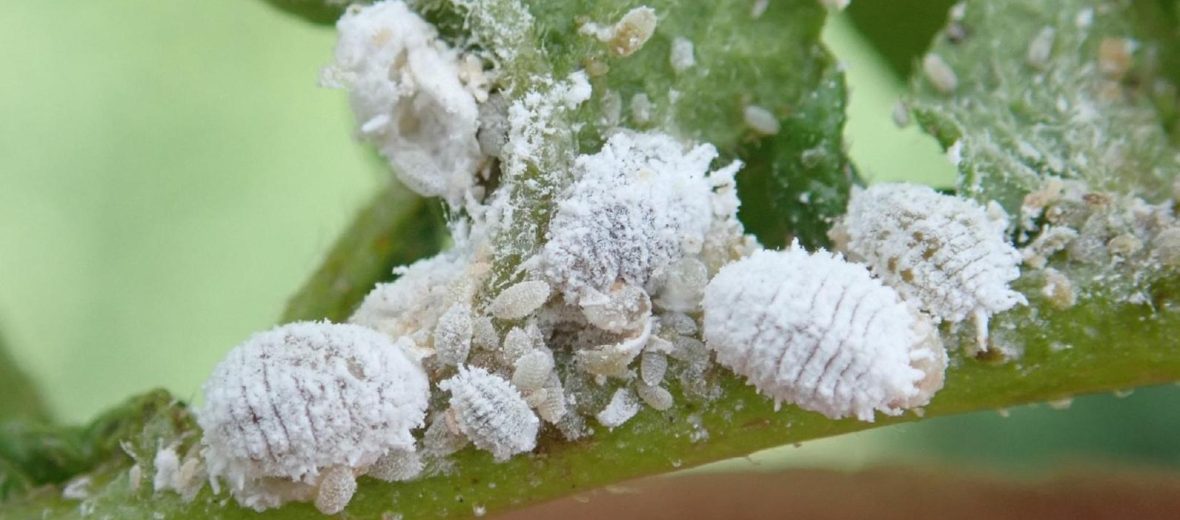
The mealybug is a member of the scale insect family. These plant pests are found throughout the world, sans Antarctica. These critters prefer warm, humid environments in which to thrive. This is why they are typical pests of greenhouses. They reproduce quickly and aim to consume sap from the nearest plant’s phloem. Due to their widespread and invasive nature, these insects are not listed with the IUCN.
First the Stats…
Scientific name: Pseudococcidae
Length: Up to 0.125
Lifespan: Up to 3 weeks
Now on to the Facts!
1.) Females are covered with a cottonlike waxy substance that lends to their name.
2.) While usually white, these critters can also be gray, pink, purple, or yellow.
3.) Males tend to have wings but lack mouthparts, as they exist only to reproduce.
4.) These pesky critters have a specialized stylet that is used to suck the sap from plants, flowers, and fruit.
5.) Upon digesting the plant’s sap, they produce honeydew that ants will sometimes enjoy.
But wait, there’s more on the mealybug!
6.) Ants will often harvest and protect these insects to gain access to an unlimited source of honeydew.
7.) Their saliva also gets injected into the phloem of the plants they consume. This inhibits plant growth.
Did you know…?
The honeydew produced by mealybugs attracts and grows a black fungus that inhibits photosynthesis and plant growth.
8.) Ladybugs and green lacewings prey on mealybugs.
9.) Mealybugs reproduce all year long.
10.) Females lay up to 600 eggs that are wrapped in a waxy cocoon.
But wait, there’s still more on the mealybug!
11.) Newly hatched mealybugs are called crawlers. They hatch in up to 14 days.
12.) These insects are holometabolous (go through an incomplete metamorphosis).
13.) Systemic poisons are often used to combat mealybug infestations.
Now a Short Mealybug Video!
Be sure to share & comment below! Also, check out the Critter Science YouTube channel. Videos added regularly!
Want to suggest a critter for me to write about? Let me know here.



